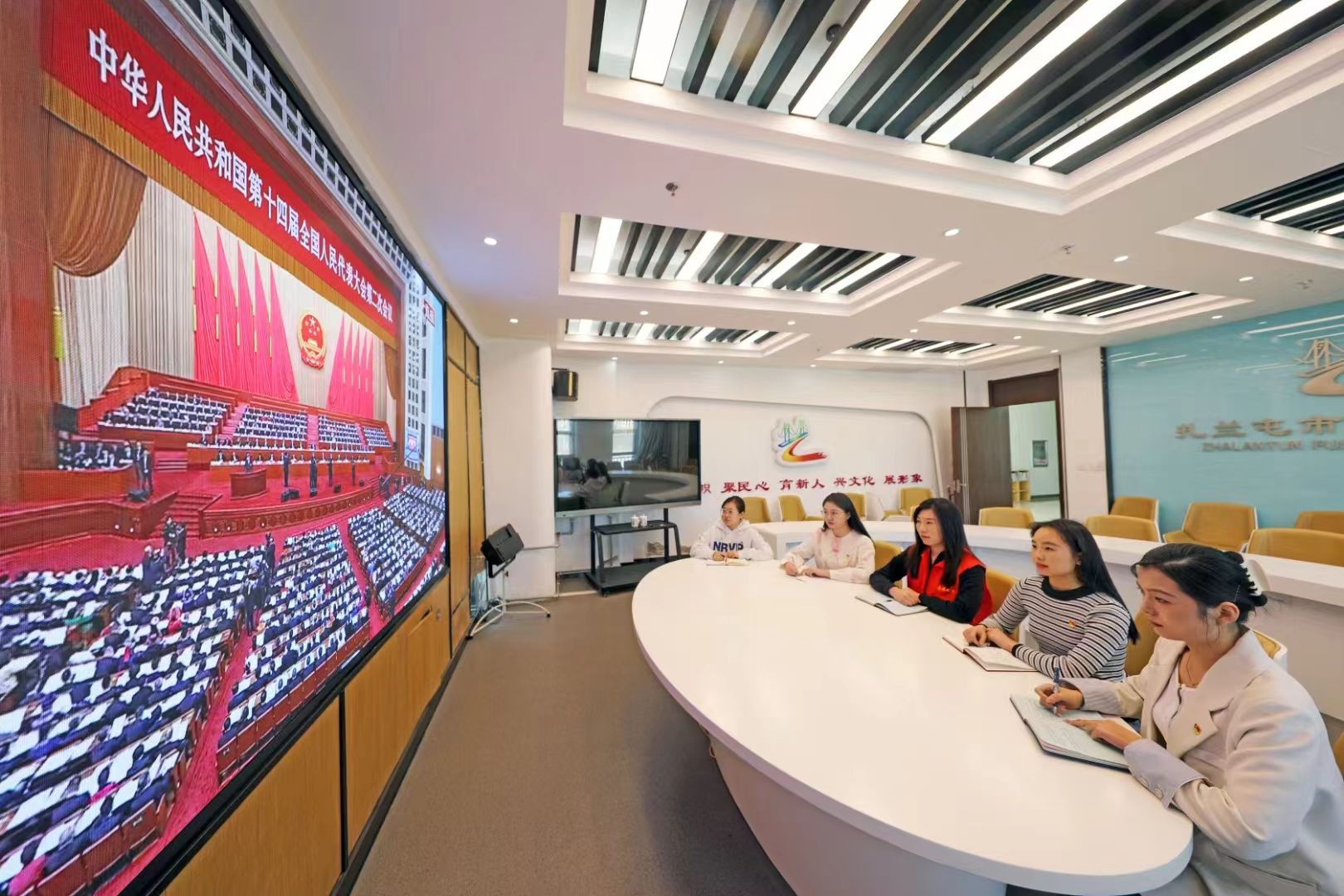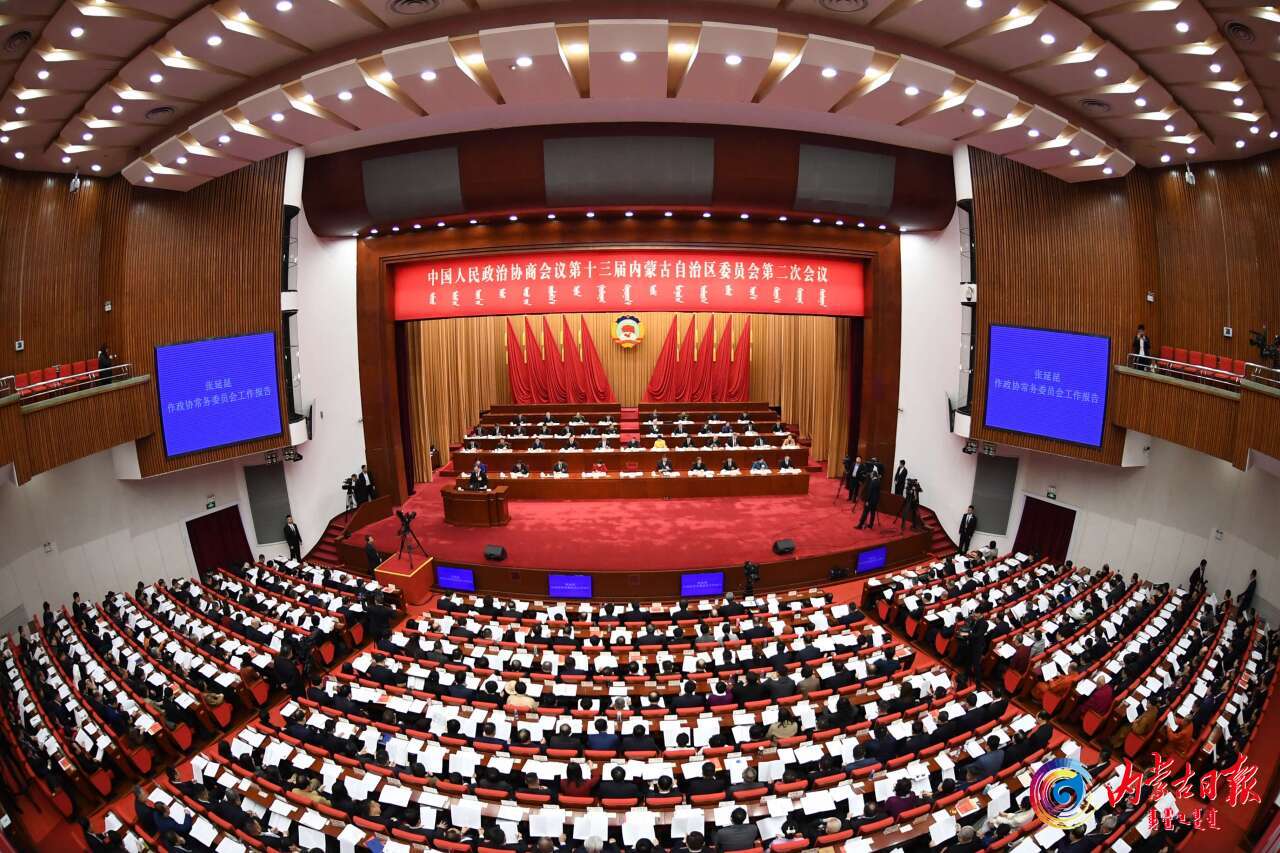Tremendous changes in Inner Mongolia’s rural, pastoral areas
In 2018, grain output in North China's Inner Mongolia autonomous region was 35.53 billion kilograms, putting it at eighth place among Chinese provinces. The total grain output was 16.7 times higher than in 1949, while the per unit yield was 8.7 times higher, local officials said at a press conference held in Hohhot, capital of the autonomous region, on Sept 23.
In the early period of the People's Republic of China, the grain output of Inner Mongolia was just 2.13 billion kg, while in 2018, it exceeded 35 billion kg, becoming one of 13 major grain-producing provinces and six net grain-transferring provinces in China.
According to local officials, Inner Mongolia only had 8.52 million livestock at the end of the year of its founding, while in 2018, the number was 72.78 million. The region’s meat, milk, and cashmere outputs reached 2.67 million tons, 5.66 million tons, and 6,607 tons, respectively, 11.8 times, 77.2 times, and 4.5 times more than in 1978. The region ranks first in the country in terms of milk, lamb, cashmere, and grass production, and second in terms of beef production.
Over the past 70 years, Inner Mongolia's rural areas have been completely transformed, with 162,000 kilometers of rural roads being built, and the natural environment and living conditions of human settlements have been vastly improved. Since 2014, a total of 859,000 dilapidated houses have been renovated, nearly 120,000 kilometers of road has been paved, 624,000 toilets have been built and renovated in rural areas, more than 60 percent of waste in villages has been treated, sewage treatment has been introduced in 27 banners and counties, more than 30,000 ruins and broken walls in rural areas have been cleared, and the overall appearance of villages has been improved.
Over past 70 years, incomes for farmers and herdsmen in Inner Mongolia have increased drastically. In 1978, incomes for farmers and herdsmen in Inner Mongolia were only around 100 yuan ($14.05) on average, while in 2018, they made an average of 13,803 yuan. In 2018, residents of rural areas spent an average of 12,661 yuan in consumer spending, 33.2 times more than in 1984.



 Print
Print Mail
Mail





